The Guides Chapel – Mardan
- Aik Aur Musafir

- Sep 23
- 4 min read

No regiment in the undivided India got as much fame and aura surrounding itself as did the famous Corps Of Guides. Raised by Henry Lumsden in 1846 in the then relatively unknown town of Mardan, this corps had a modest beginning.
This regiment of the then British Army comprised an infantry and cavalry component, which served and fought together from their base in Mardan. The regiment shot to fame when it marched nearly 600 miles from Mardan to Delhi in 24 days to timely relieve the British forces caught up in the siege of 1857. The British, being highly appreciative of the feats of their subjects, gave this regiment its due share of recognition, and it was bestowed with the honour of calling itself ‘The Queen’s Own’
Mardan remained the home of the Corps of Guides till 1939, when the infantry and cavalry components were separated and sent elsewhere. Thus, the once hustling and bustling military town of Mardan, which had become synonymous with the khaki men of the Guides, bid adieu to their most famous occupants.
The premises, which formed part of the Guides' cantonment, were finally taken over in 1947 by the Pakistan Army. A few years later, the training centre of the Punjab Regiment was established here, and ever since, this city has been the abode of Punjabis. However, quietly tucked away behind all the glamour of the training centre, there is still a relic of the Guides and its stay in Mardan: The Guides Chapel and cemetery.

I was first introduced to the existence of this place by reading the book ‘The Story of the Guides’ written by Col GJ Younghusband (the brother of Francis Younghusband, of ‘The Heart of A Continent’ fame), who mentioned the central role of this chapel in the everyday life of the British who inhabited this cantonment.
This, of course, sparked my interest, and I made my way to the Punjab Regimental Centre in Mardan to look at this chapel with my own eyes. A brief security check (and prior coordination) will ultimately take you to a gravel path right behind the main offices where this chapel stands, as I said, quietly tucked away from public eye (perhaps the foremost reason why it has survived intact).
As soon as one enters the premises, they are greeted by an introductory signboard with a brief history of the chapel written on it. Also, one of the most significant features about the area is its well-maintained lawns, the hard work of the malis, of course.
Since there are no Guides around (pun intended), one has to do all the exploration themselves. Unfortunately, at the time I visited, the church was closed and therefore I was not able to take a peek inside. However, this church is unique in the sense that it is the only regimental church having its own graveyard anywhere in Pakistan (I am not really sure of the oft-repeated claim of it being the only one in the world).
The church resembles the country churches found in the UK, and one can almost place oneself somewhere in Europe whilst visiting it. Structurally, the church is very imposing, and I came to know that its bell is also functional after all these years. As the introductory board states, the foundation stone of this church was laid in 1887, and it was to serve as a memorial to the slain members of the Corps of Guides. The church is a unique blend of stone and wood, with its stained glass also notably visible.
The grounds of the church also have a fascinating graveyard containing the graves of not only officers and soldiers, but also of their wives, nurses and many illustrious civilians. The oldest grave which I spotted was from 1895, belonging to a trooper of the Guides who had died in the Relief of Chitral.
Upon seeing these marble graves, one almost feels pity for all the European names buried in the heart of KP; so removed and distant from their homeland in Europe, mere names and dates on marble slabs. Their lonely crosses echo the memory of another era, an era of colonial campaigns against locals in which hundreds and thousands of their European fellows laid down their lives for the service of the Crown.
The church and the graveyard are a unique find for anyone with a penchant for colonial military history. It also takes one back in time. Adjacent to the church are the grand lawns of the Punjab Regiment Mess, which was once the location of the Guides Mess. One can almost see the parties, the celebrations, the tired and weary troopers resting under the shade after their day's work, as would have been in the days of the British.
I am sure that if one hears closely enough, they can almost hear the distant ringing of the church bells and the sounding of the Retreat, signifying the end of a working day and ushering in an unknown future. Thus it stands, in the hallowed grounds of Mardan, the Guides Chapel and cemetery, a memory of a bygone era.
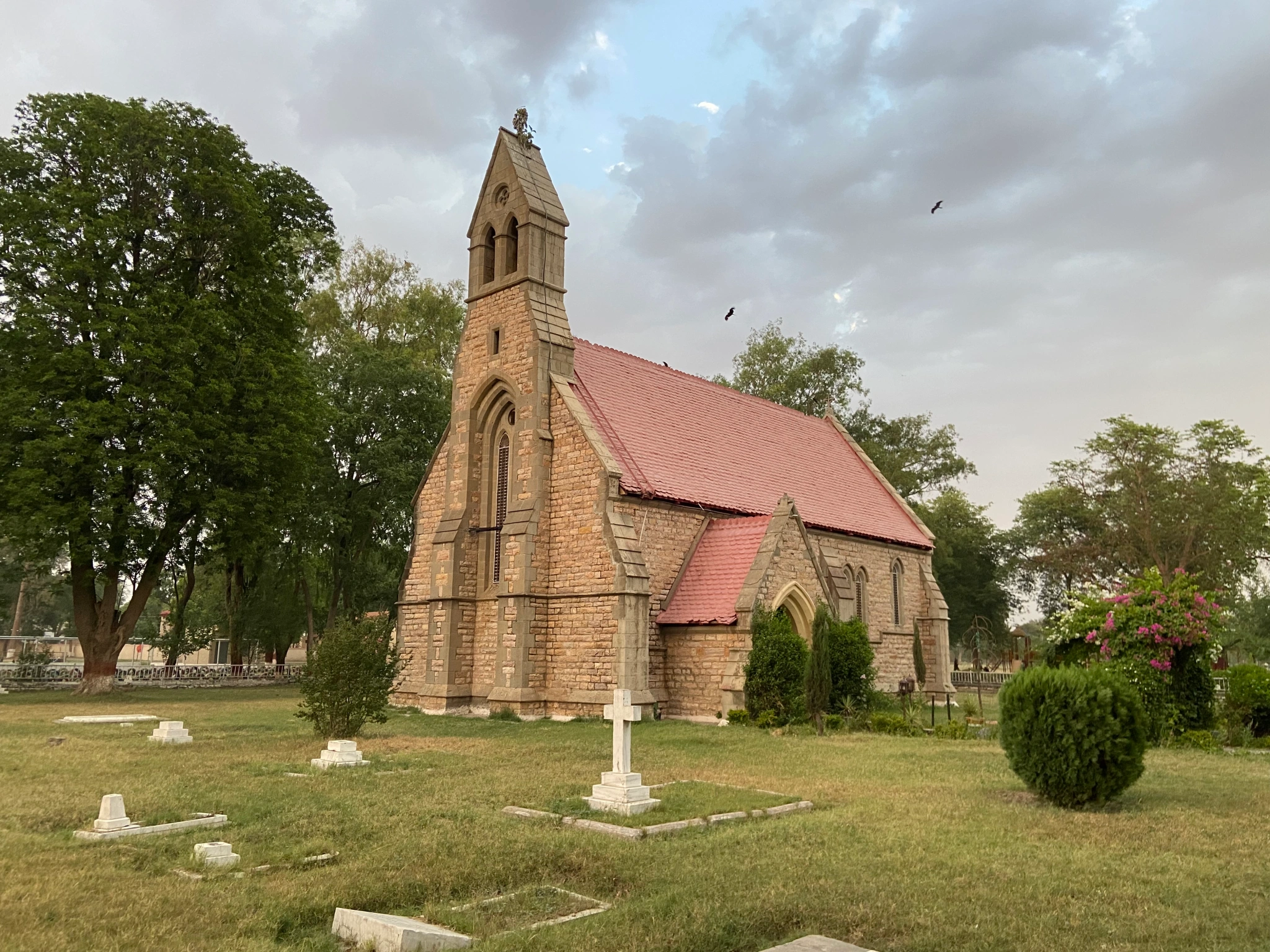


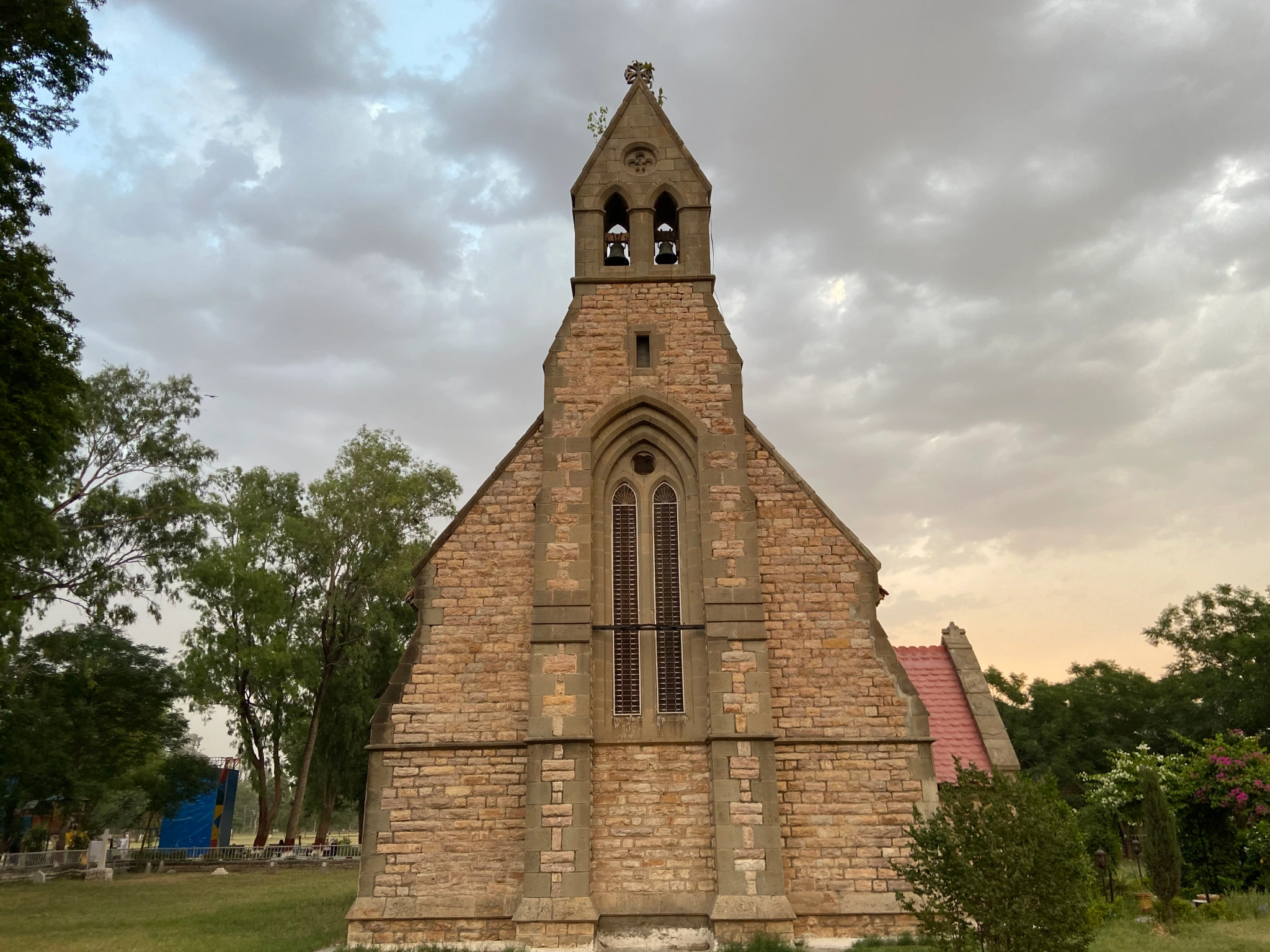
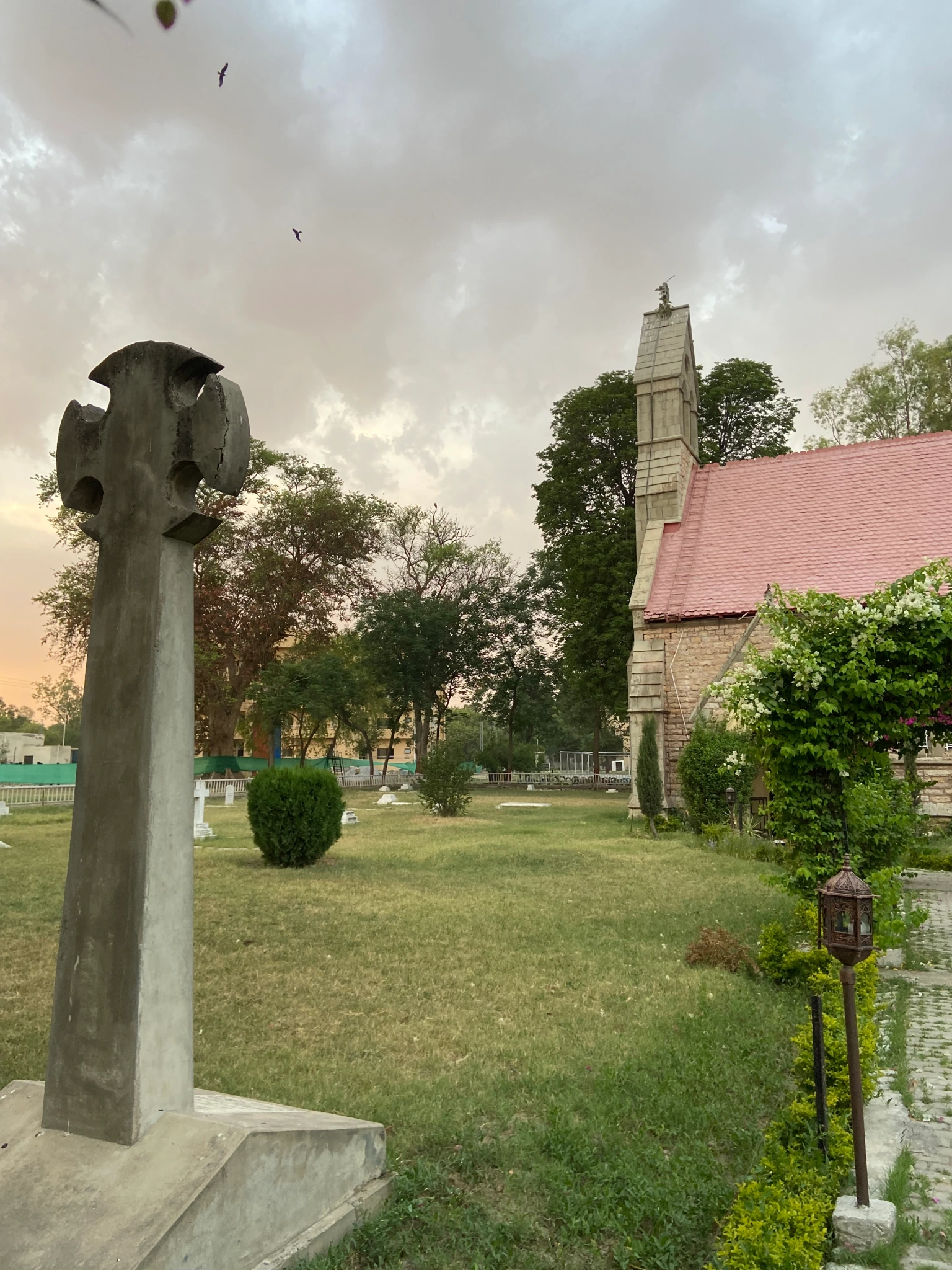
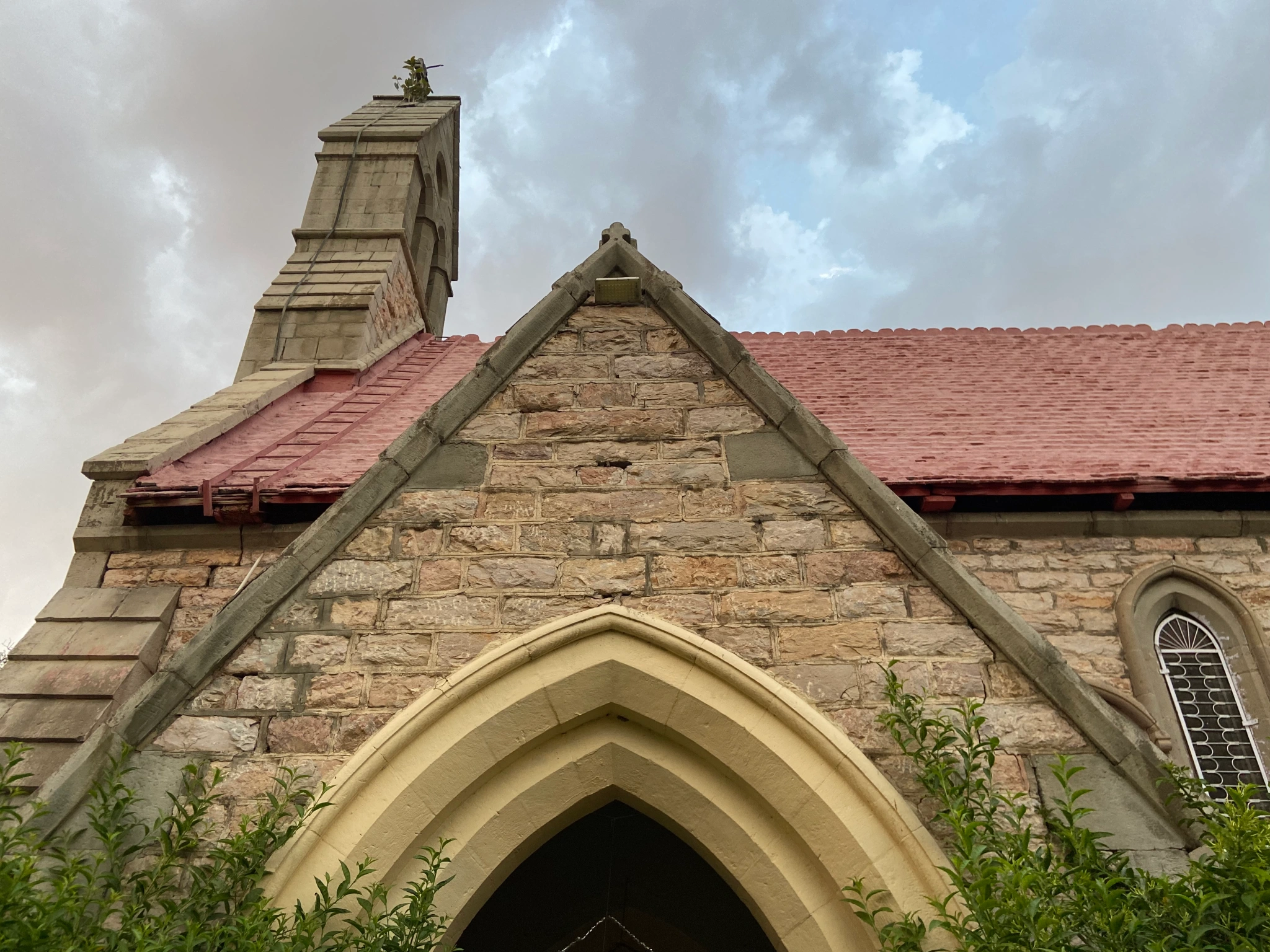



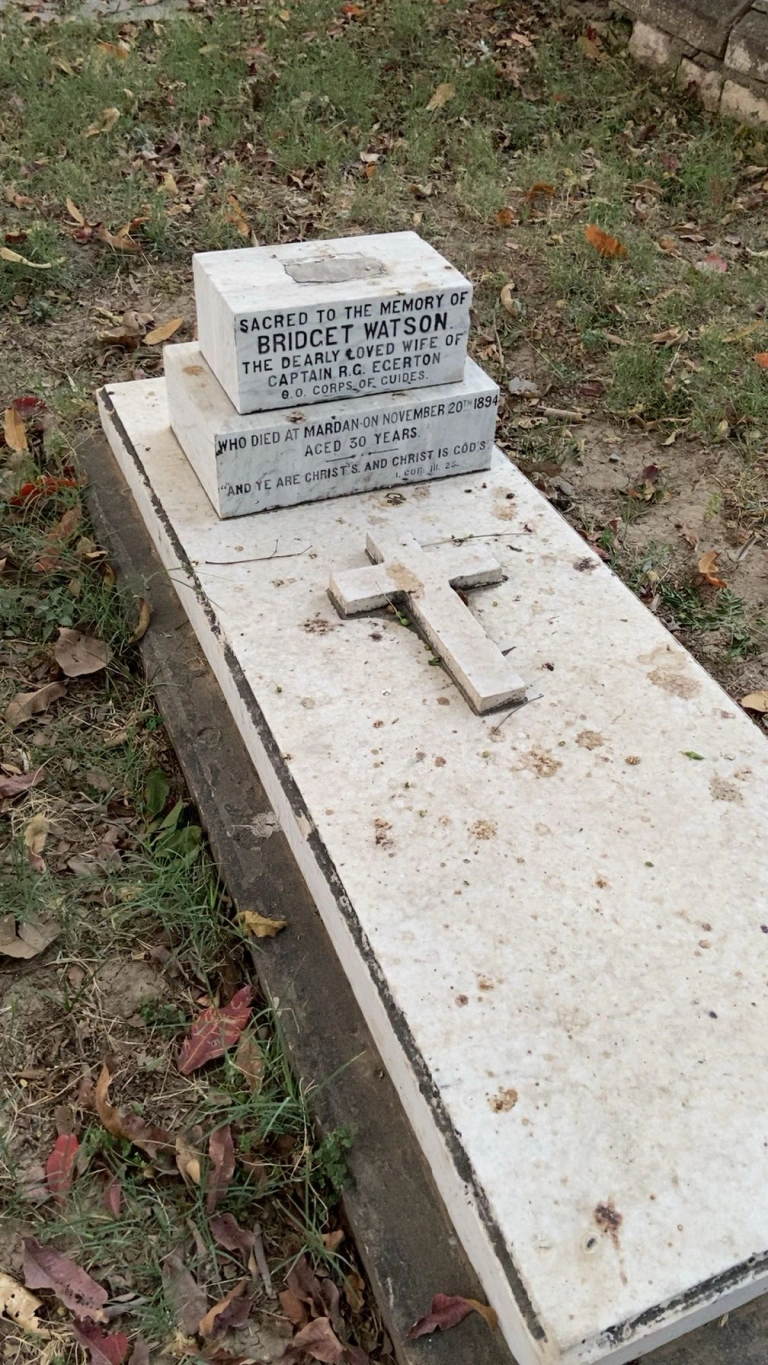
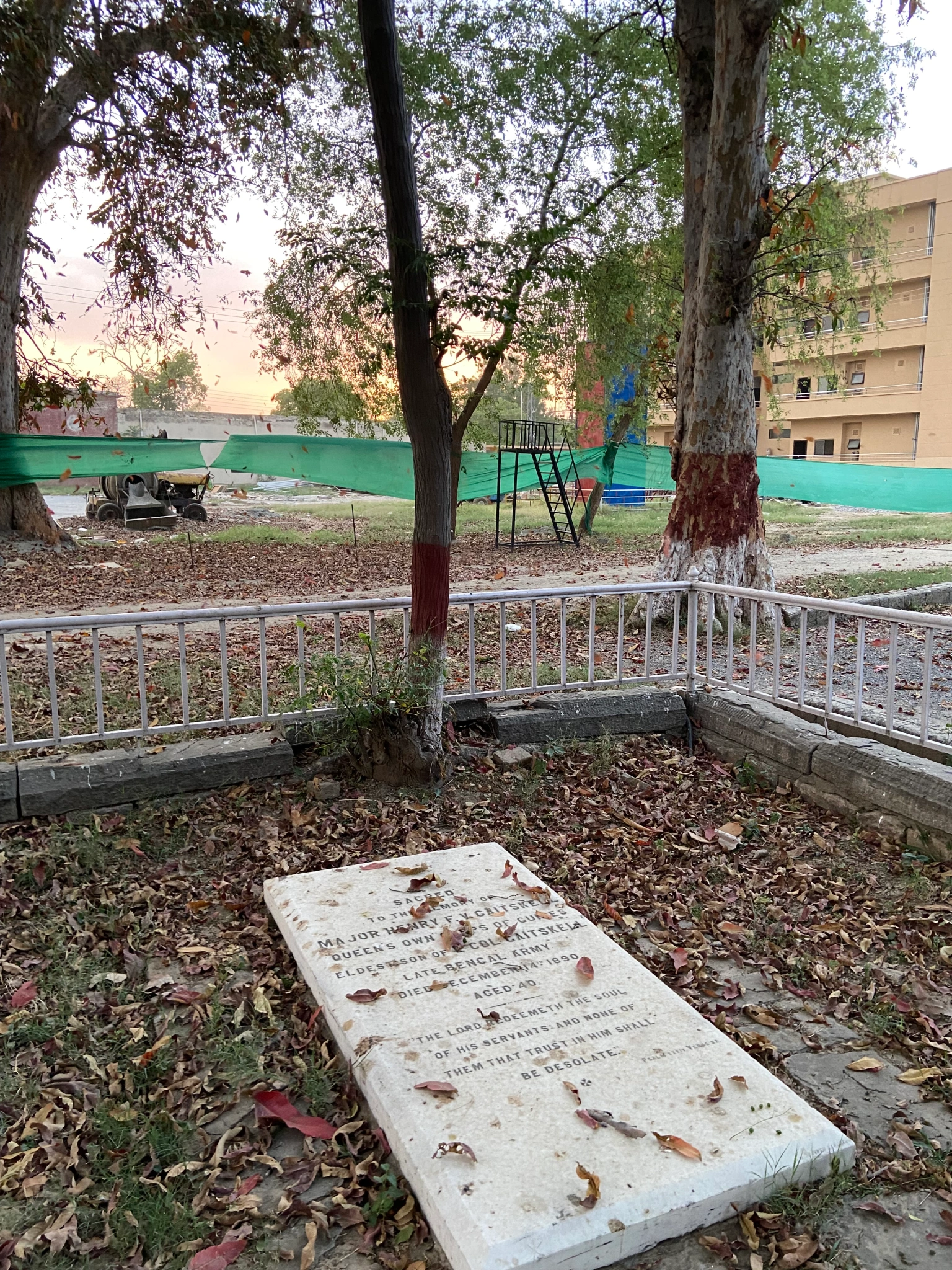



Comments